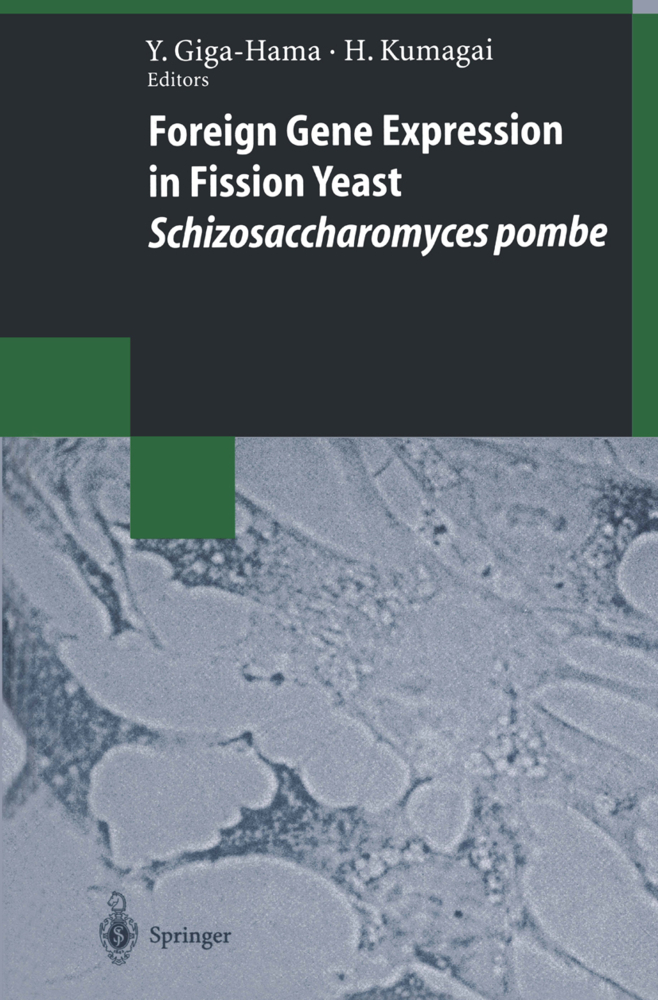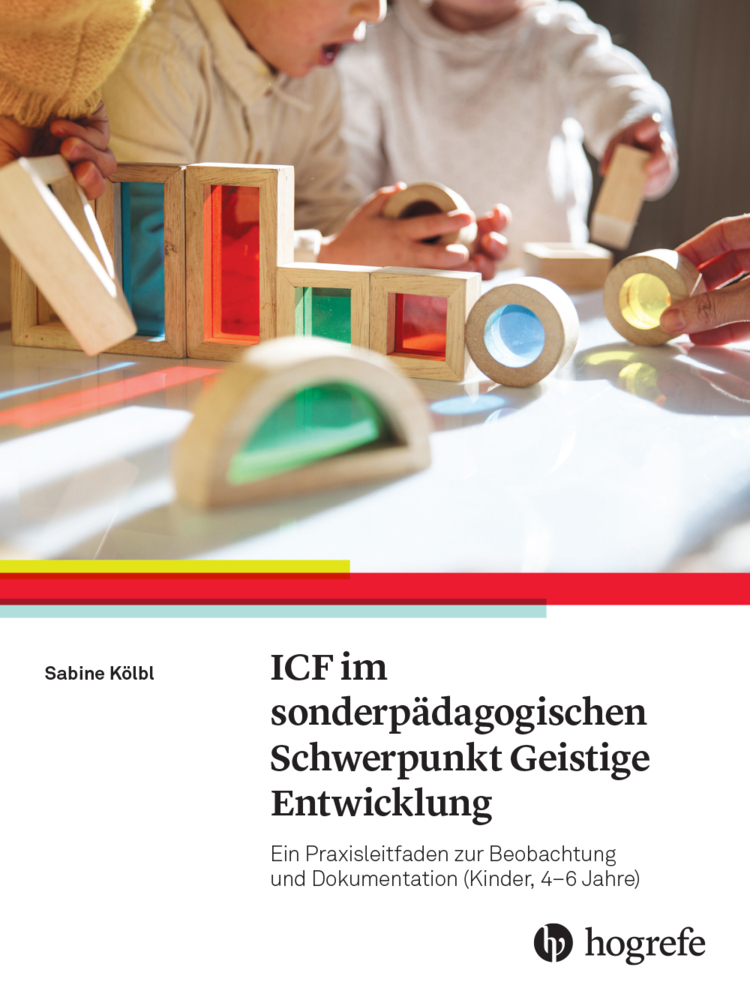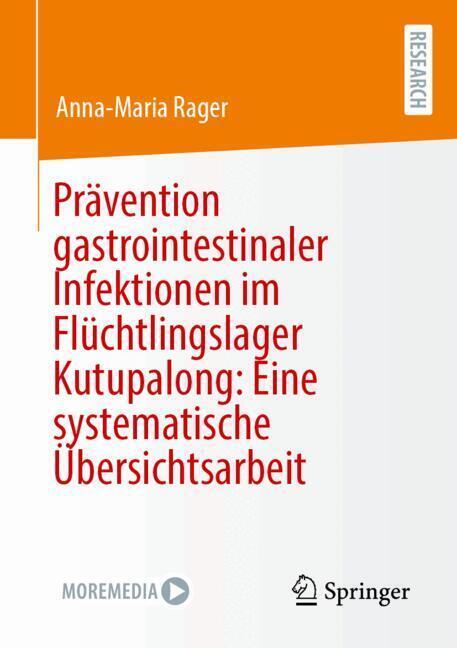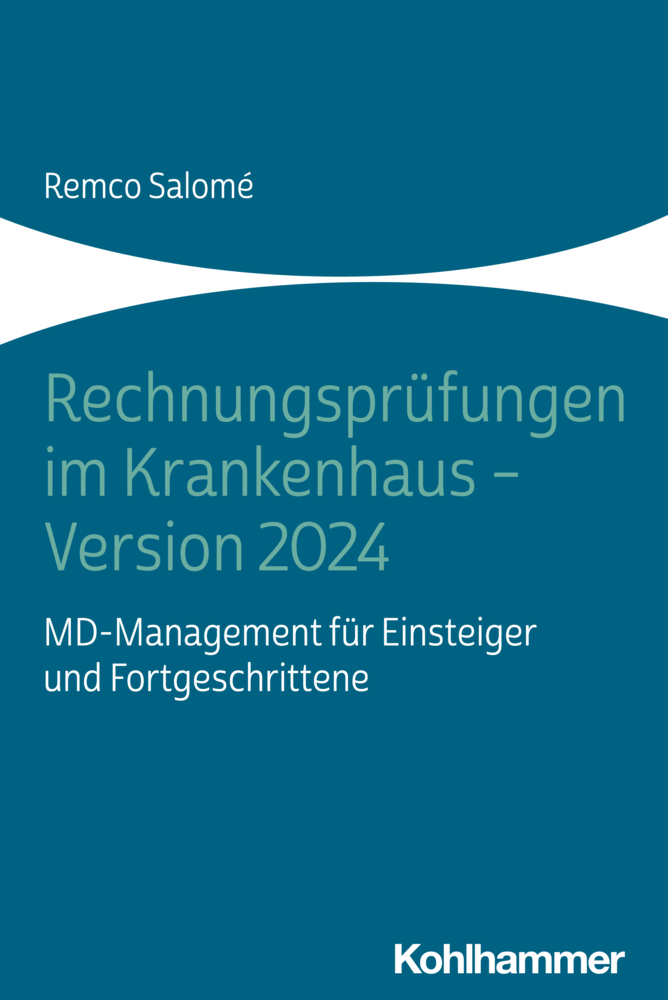Psychrophiles: From Biodiversity to Biotechnology
Most scientists in the middle of the twentieth century would probably not have believed that life was possible at extreme values of environmental factors, such as pH values close to 0 (e. g. sulfurous environments) or to 14 (e. g. soda lakes), sali- ties of 6 M NaCl (e. g. Dead Sea), hydrostatic pressures approaching 0. 1 MPa (deep sea) and temperatures exceeding 100°C (thermal vents or hot springs) or as low as -20°C (e. g. polar regions). Of the current studies on extremophiles, approximately 30,000 articles by the year 2007, almost two-thirds have been performed on org- isms adapted to outstanding temperatures, but much more attention has been paid to thermophiles than to psychrophiles. However, over the past 10 years, scientific publications on cold-adapted microorganisms have increased by a factor of ten. If one considers the extent of cold habitats, psychrophiles, i. e. cold-loving organisms, should largely lead in this comparison with thermophiles because a great proportion of the Earth's biosphere never reaches temperatures above 5°C. Nearly three-quarters of the Earth is covered by oceans whose deep water masses, irrespective of latitude, are constantly between 2 and 4°C. The large continent of Antarctica also provides a permanently cold terrestrial environment as well as an aquatic niche in the surrounding ice that melts during the summer. Other examples of cold habitats are permafrost soils, high alpine soils, cold deserts, cold caves, marine sediments, snow, glacier and sea ice.
Limits for Microbial Life at Subzero Temperatures
Microbial Diversity in Cold Ecosystems
Bacteria in Snow and Glacier Ice
Bacteria in Subglacial Environments
Bacteria in the Deep Sea: Psychropiezophiles
Bacteria in Permafrost
Anaerobic Bacteria and Archaea in Cold Ecosystems
Cyanobacteria in Cold Ecosystems
Fungi in Cold Ecosystems
Cold-Active Viruses
Molecular Adaptations to Cold Habitats
Membrane Components and Cold Sensing
Cold-Shock Proteins
Fundamentals of Cold-Adapted Enzymes
Cryoprotectants and Ice-Binding Proteins
The Role of Exopolymers in Microbial Adaptation to Sea Ice
Genomic Analysis of Psychrophilic Prokaryotes
Microalgae in Polar Regions: Linking Functional Genomics and Physiology with Environmental Conditions
Metagenomics: Microbial Community Genomes Revealed
Proteomic Studies of Psychrophilic Microorganisms
Biotechnological Aspects
Biotechnological Aspects of Cold-Adapted Enzymes
Heterologous Protein Expression in Psychrophilic Hosts
Cold-Adapted Fungi as a Source for Valuable Metabolites
Natural and Stimulated Biodegradation of Petroleum in Cold Marine Environments
Microbial Adaptation to Boreal Saturated Subsurface: Implications in Bioremediation of Polychlorophenols
Biological Iron Oxidation and Sulfate Reduction in the Treatment of Acid Mine Drainage at Low Temperatures.
Boundary Conditions for Microbial Life at Low Temperatures
The Climate of Snow and Ice as Boundary Condition for Microbial LifeLimits for Microbial Life at Subzero Temperatures
Microbial Diversity in Cold Ecosystems
Bacteria in Snow and Glacier Ice
Bacteria in Subglacial Environments
Bacteria in the Deep Sea: Psychropiezophiles
Bacteria in Permafrost
Anaerobic Bacteria and Archaea in Cold Ecosystems
Cyanobacteria in Cold Ecosystems
Fungi in Cold Ecosystems
Cold-Active Viruses
Molecular Adaptations to Cold Habitats
Membrane Components and Cold Sensing
Cold-Shock Proteins
Fundamentals of Cold-Adapted Enzymes
Cryoprotectants and Ice-Binding Proteins
The Role of Exopolymers in Microbial Adaptation to Sea Ice
Genomic Analysis of Psychrophilic Prokaryotes
Microalgae in Polar Regions: Linking Functional Genomics and Physiology with Environmental Conditions
Metagenomics: Microbial Community Genomes Revealed
Proteomic Studies of Psychrophilic Microorganisms
Biotechnological Aspects
Biotechnological Aspects of Cold-Adapted Enzymes
Heterologous Protein Expression in Psychrophilic Hosts
Cold-Adapted Fungi as a Source for Valuable Metabolites
Natural and Stimulated Biodegradation of Petroleum in Cold Marine Environments
Microbial Adaptation to Boreal Saturated Subsurface: Implications in Bioremediation of Polychlorophenols
Biological Iron Oxidation and Sulfate Reduction in the Treatment of Acid Mine Drainage at Low Temperatures.
Margesin, Rosa
Schinner, Franz
Marx, Jean-Claude
Gerday, Charles
| ISBN | 978-3-540-74334-7 |
|---|---|
| Artikelnummer | 9783540743347 |
| Medientyp | Buch |
| Copyrightjahr | 2007 |
| Verlag | Springer, Berlin |
| Umfang | XVI, 462 Seiten |
| Abbildungen | XVI, 462 p. 72 illus., 6 illus. in color. |
| Sprache | Englisch |










